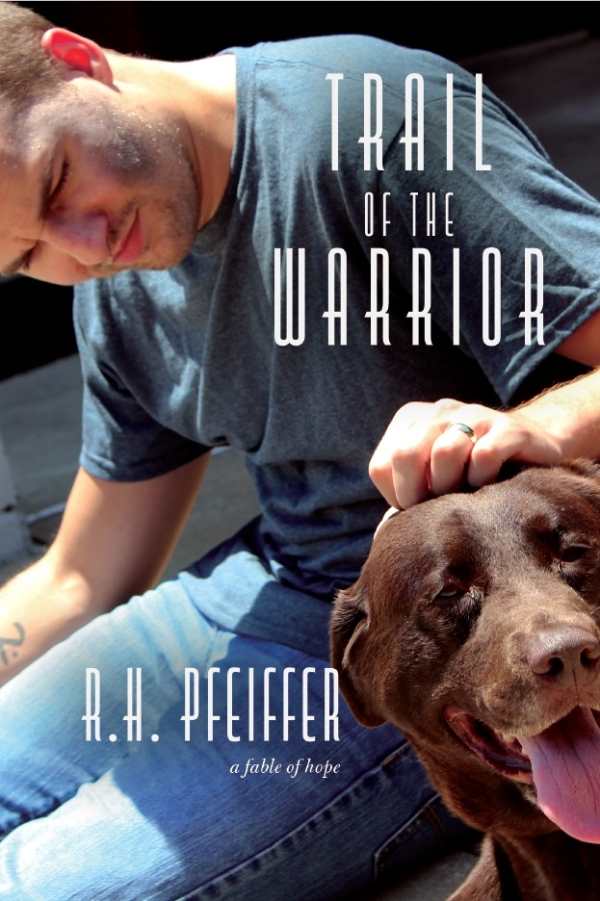Trail of the Warrior
A Fable of Hope
Trail of the Warrior is a polished novel about the deep struggle of recovering from substance use.
Four very different people share their stories of recovery from substance use in Trail of the Warrior: A Fable of Hope. The language of recovery permeates this novel, drawing from well-worn tropes and images as each character searches for fulfillment in sobriety.
Drawn together by Rosie, a dog who’s adopted by a treatment center, four people navigate the stress of substance-free life. The characters include a military veteran and survivors of domestic abuse as well as child abuse. Although their individual stories are conveyed in a mild, straightforward tone, their content can be disturbing, as when one woman copes with an ex who stalks her, breaking into her apartment multiple times.
These characters’ episodes are often written as pure exposition, short on dialogue and scenes. This deflates the story somewhat, impeding emotional engagement. Sentences are smooth and polished, but for a novel with such high stakes, Trail of the Warrior is lacking in tension. Its message seems to be that all will be well, with the desired spiritual experience all but guaranteed as the outcome of working the twelve steps.
Recovery is in the mainstream, and Trail of the Warrior takes a traditional approach: the recovery it describes is an abstinence-only, twelve-step program-based way of life. The novel leans heavily on phrases and characters from the Alcoholics Anonymous community and literature: “John Barleycorn,” for example, is invoked several times as the enemy of the sick person. The use of terms like “alcoholic” instead of “person with alcohol use disorder” helps identify Trail of the Warrior as a novel written for people who identify as alcoholics, by a person who identifies the same way. This book is not a teaching tool, though it does advocate for one very particular path in recovery. For those already familiar with the language and traditions of twelve-step groups, the characters’ struggles are likely to strike a chord. The novel includes questions for group discussion or book clubs.
The author remains anonymous as well: their bio elides pronouns or any other identifying information. The novel’s core concept is “a stream of consciousness from R.H.’s life in recovery and service from the last 42 years.” The novel and the author adhere to the tradition of anonymity; however, the book does offer a peek into the intimate world of AA culture and its recovery-sustaining groups.
Billed as a fundraising project for a new nonprofit addiction treatment center in Kansas, Trail of the Warrior is a polished novel about the deep struggle of recovering from substance use.
Reviewed by
Claire Foster
Disclosure: This article is not an endorsement, but a review. The publisher of this book provided free copies of the book and paid a small fee to have their book reviewed by a professional reviewer. Foreword Reviews and Clarion Reviews make no guarantee that the publisher will receive a positive review. Foreword Magazine, Inc. is disclosing this in accordance with the Federal Trade Commission’s 16 CFR, Part 255.

